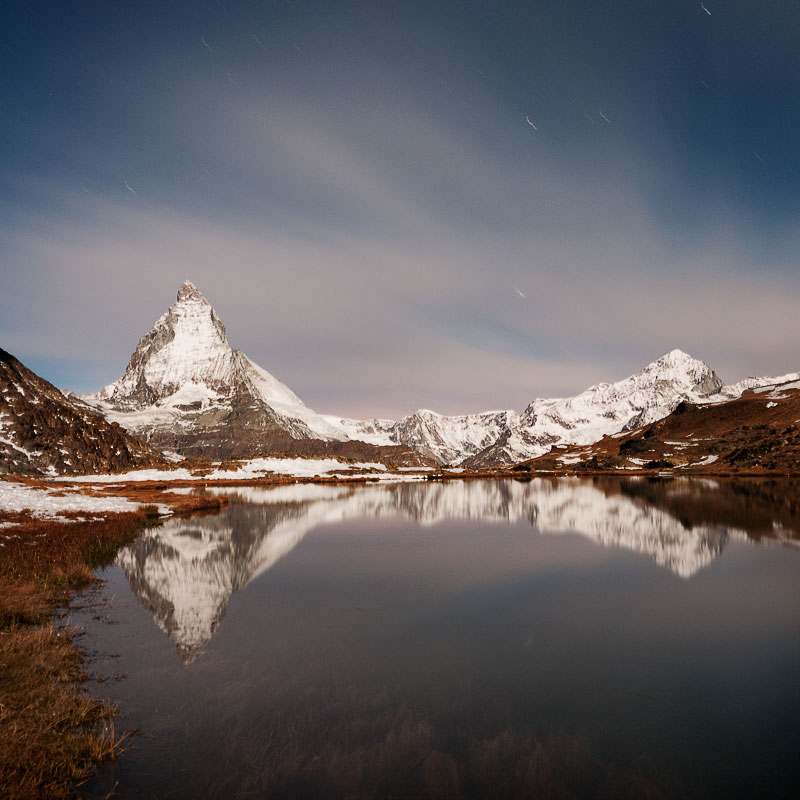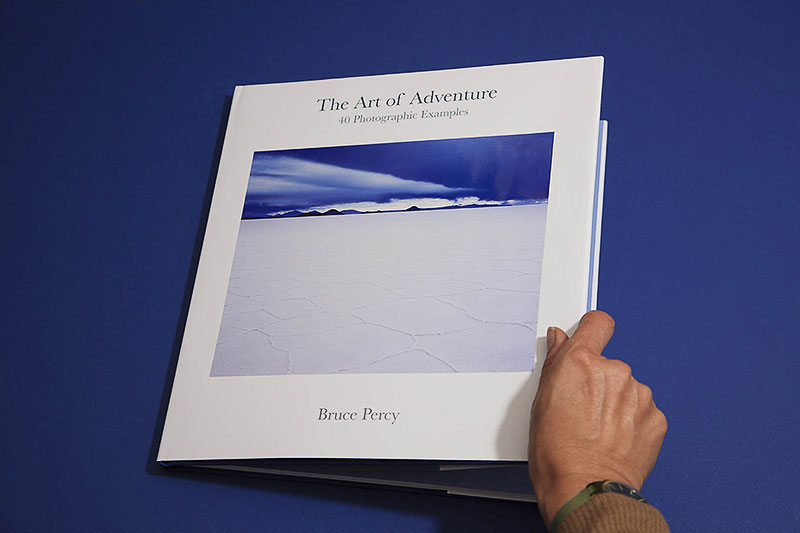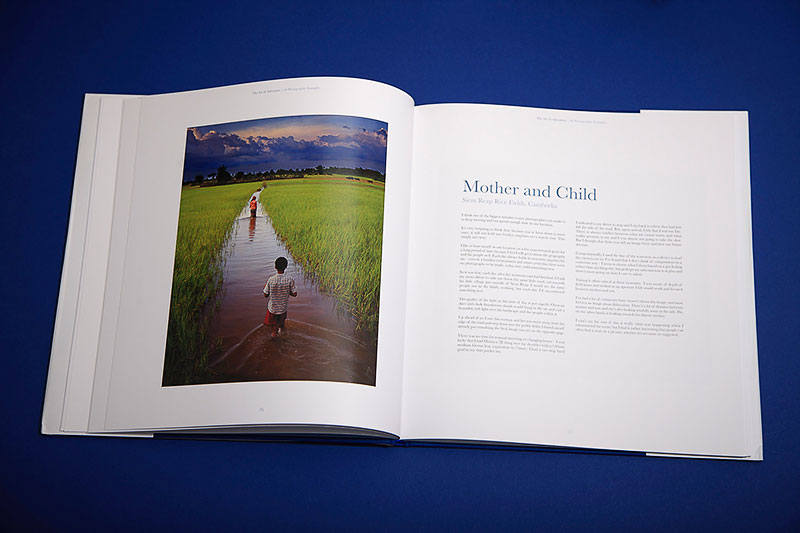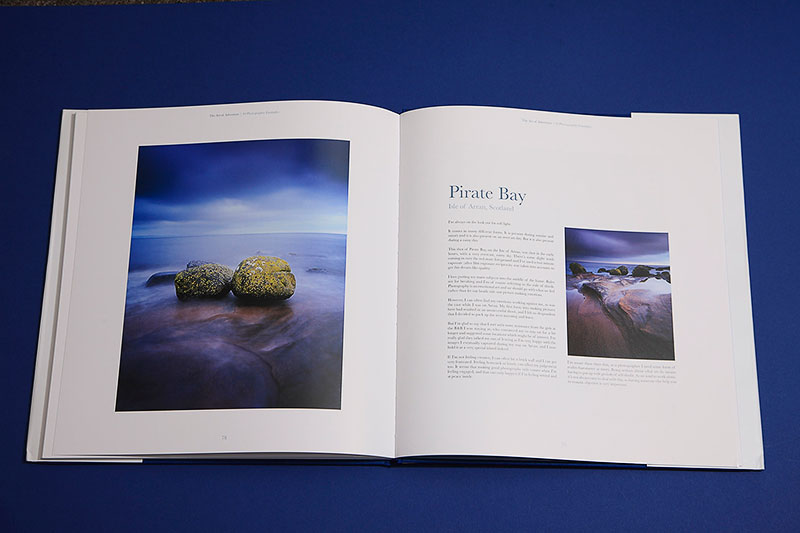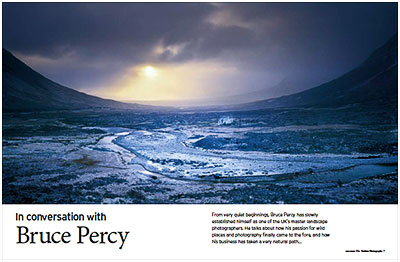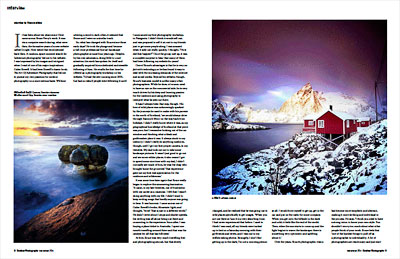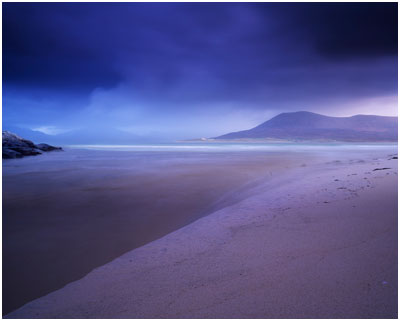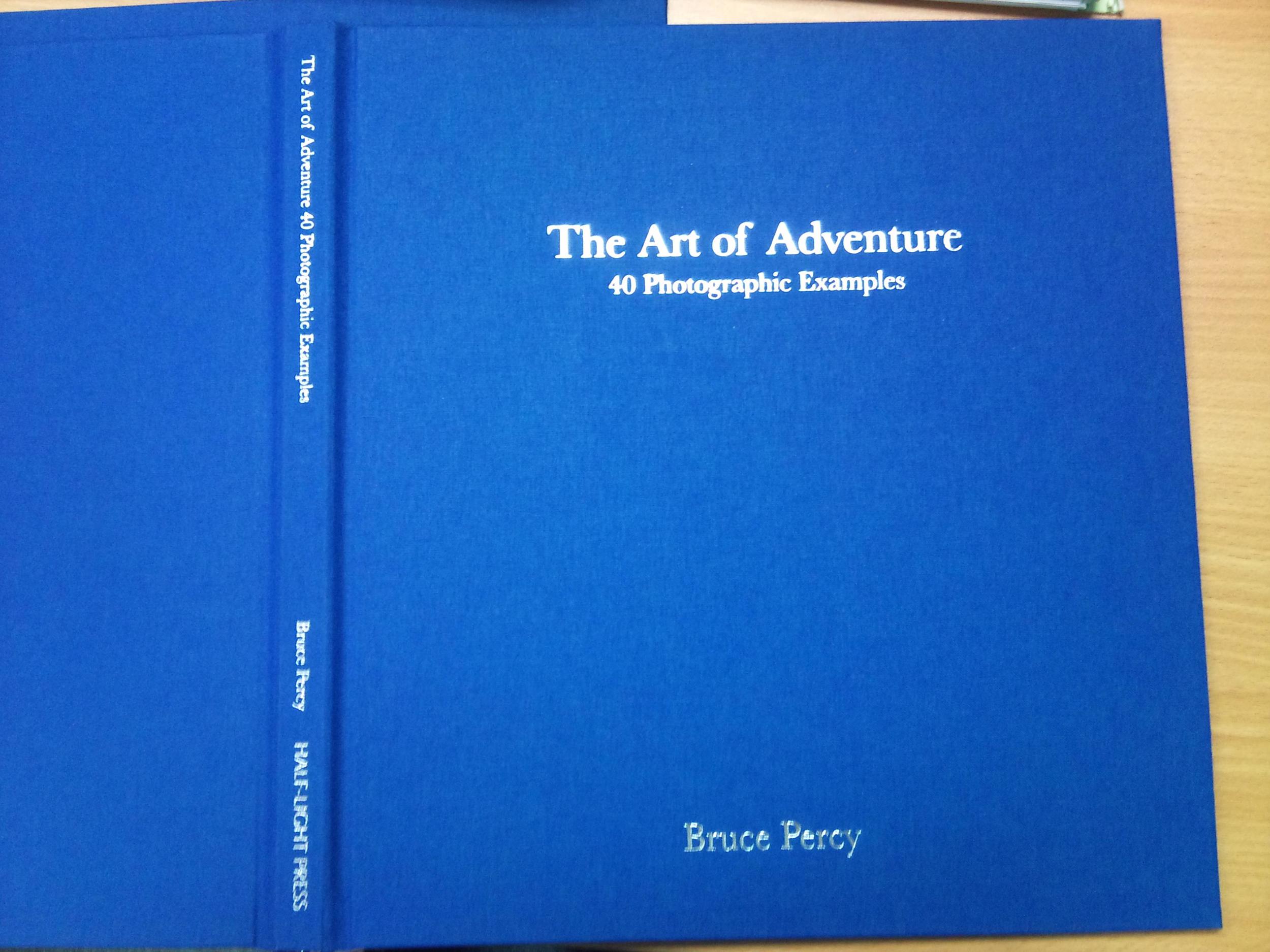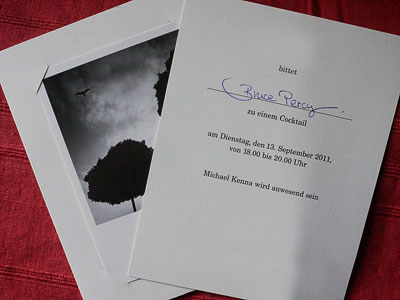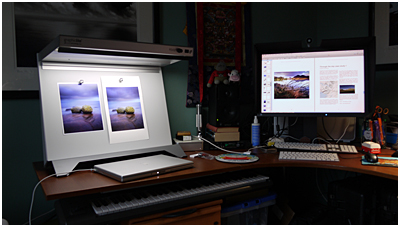This weekend I was at the Scottish Natural Heritage conference centre at Battleby near Perth. I presented a talk and as part of it, I discussed my recent images that I made in Iceland this summer. I finished my talk today by saying that part of a photographers skill, is to gain a sense of objectivity about what you do.
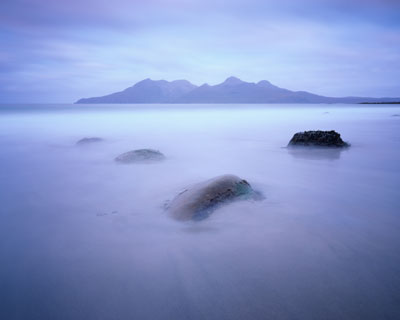
So I'd like to discuss objectivity a little further.
The initial stages of photographic development
I'm sure that most of us, when we first buy a camera think that we just need to learn to use it. We think that what we need to do is learn what apertures do and what shutter speeds do. We think that technique is the most important thing.
Once we're familiar with the equipment, the second stage, I believe, is that we start to look at scenery and think 'oh, how do I convert scenery into good photographs?'. So we start on the life-long journey to improve our composition, and to gain a better understanding about light. We feel that this is where the real art is. Two stages, that's all there is isn't there to making good images? Learn the technique and then learn to 'see'.
But it's only still the beginning.
The hidden stage of photographic development
Well, what could there possibly still be to learn? The answer is - yourself.
So here are some questions I'd like you to ponder.....
Q. Do you have a tendency to narrow your view to one thing, and find it hard to see other potential images around you?
If you are close minded about your subject, then you are effectively walking past or through some great scenery and therefore great potential for images. You're walking around blinded by your desire to create something specific, rather than to create something from what is being handed to you.
Q. Do you notice how you feel when you make good images and when you make bad images?
I know when I'm making a good image because I feel it. I also know when I'm going through the motions, because my gut tells me that too. It's just up to me to listen to myself more.
Q. Do you notice small changes in light, shade and tone?
I'm not talking about whether you notice them, but whether you notice when they change. In effect, are you in tune with what is presented to you?
Q. Do you have a good sense of anticipation?
Developing a good feel for what is happening in the landscape and where it might develop, is key.
Q. Do you react badly to your photographic failures?
Being too hard on yourself kills photographic creativity.
Q. Are you impatient?
Blasting off several shots instead of letting yourself connect with what is there, is a form of photographic blindness.
Q. How do you deal with never being happy with your results?
Again, being too hard on yourself kills photographic creativity.
Q. How do you approach your projects?
Planning, patience, emotional involvement, letting things flow naturally, are all important aspects of a successful project.
Q. Do you listen to your intuition?
Your gut tells you a lot about how good the image is that you're making. It also tells you when it's time to take a rest. It also tells you to go for a stroll somewhere without any reason for doing so, only to discover that you've found a great location. Being able to let yourself flow freely and go with what your intuition is telling you - is a very powerful attribute to possess.
The above questions are really there to make you consider if you know your strengths and weaknesses when it comes to your approach to making images. What I'm really trying to do is make you consider if you are objective about what you do?
Objectivity is the key
What you think is a great image today, can, as your photographic ability develops, become a poor image in a year or two. But are you aware of your progression? Do you take stock from time to time and notice how you're moving forward as a photographer?
I'm not asking if you are progressing with your work, I'm asking if you're self aware. There's a big difference.
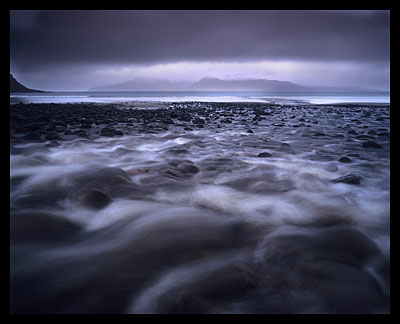
You may learn and progress with your technique, as too, with how you 'see', but you should also be developing skills to listen to yourself, so that you know where you are going with your art.
I've noticed in my own work a simplicity that has evolved over the last 4 years or so. It's almost as if each major photographic outing I do, brings another advancement in my style. My recent trip to Iceland is a perfect example of that. I found perhaps the most simplest of landscapes to date in my own work. Black sand and white ice make for striking images, and I'm now going back later this year, because I've tapped into something I have to explore more. But this has come about, because I'm in tune with where it is that my art (myself) wants to take me - and that's only happened because I've learned a lot about myself and how I tackle my photographic projects.
If you're not so self-aware, then I hope my blog entry has given you some ideas or thoughts about how you approach your photography. It really is all in your own hands.
ps. FYI - I write a lot of e-books about photography. Some of them, like the Simplifying Composition ebook are very popular, for obvious reasons. But the ones I really value personally, are the 'approach' eBooks like Lofoten - a Photographer's Approach and Taj Mahal - a photographer's approach. These eBooks really cover the thinking processes I've gone through, rather than the 'what technical decisions' I choose. I get the occasional email from someone who tells me they find these the most useful... it's really what I want to hear, because I feel they are the most useful.
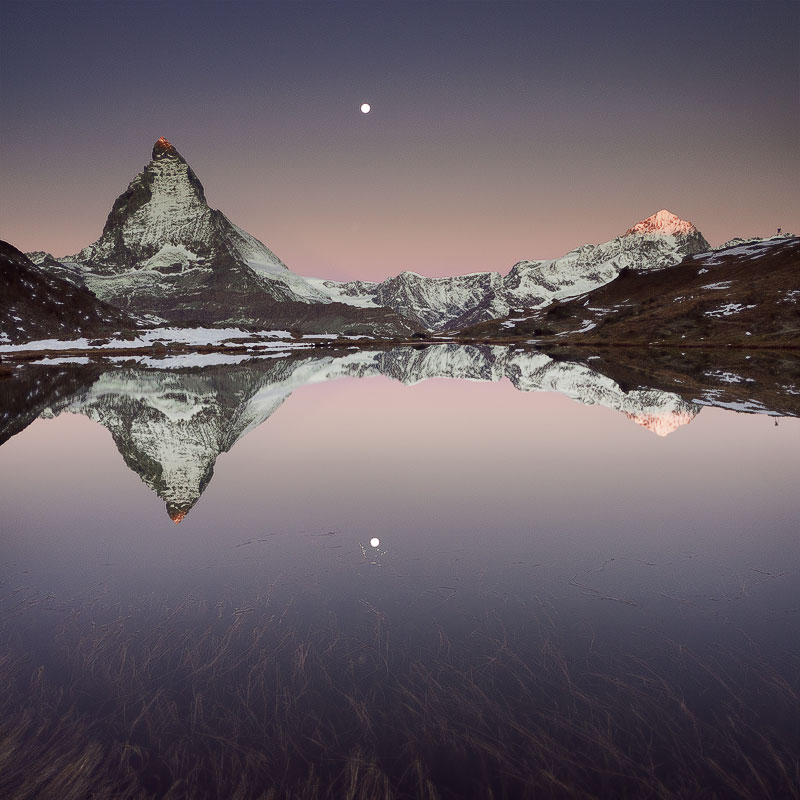 I include a 'sketch' made with my little Lummix GF1 camera and 14-45 lens. I really do rate this little camera. It has all the controls in the right area - the self timer is just a little switch you move across, and the aspect ratios are easily changed using the quick function. I fail to see why Aspect Ratios are not a feature of all cameras. Not just the consumer compacts.
I include a 'sketch' made with my little Lummix GF1 camera and 14-45 lens. I really do rate this little camera. It has all the controls in the right area - the self timer is just a little switch you move across, and the aspect ratios are easily changed using the quick function. I fail to see why Aspect Ratios are not a feature of all cameras. Not just the consumer compacts. 
